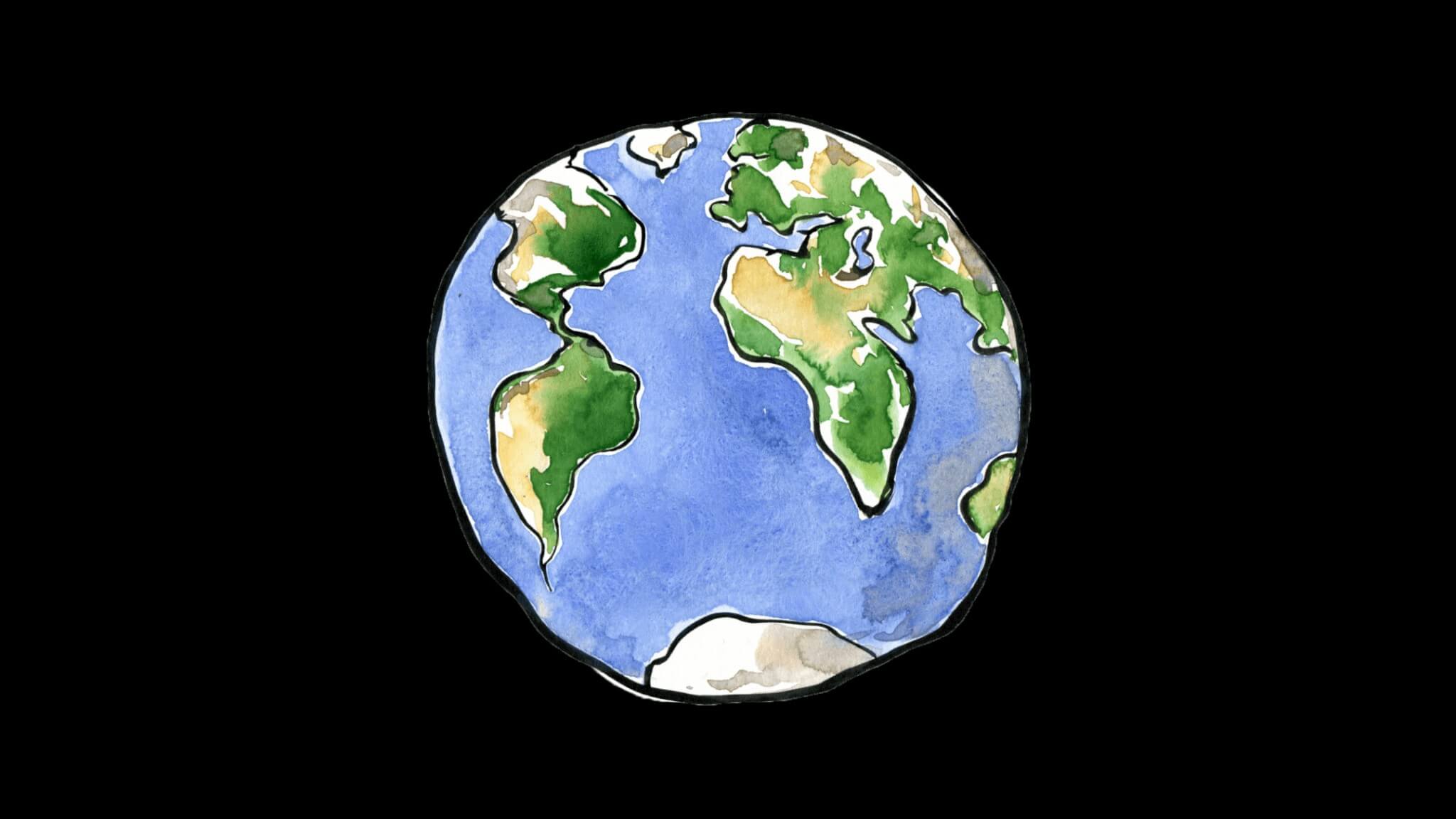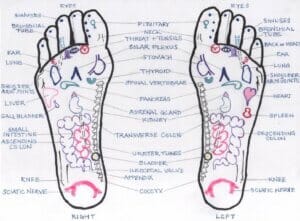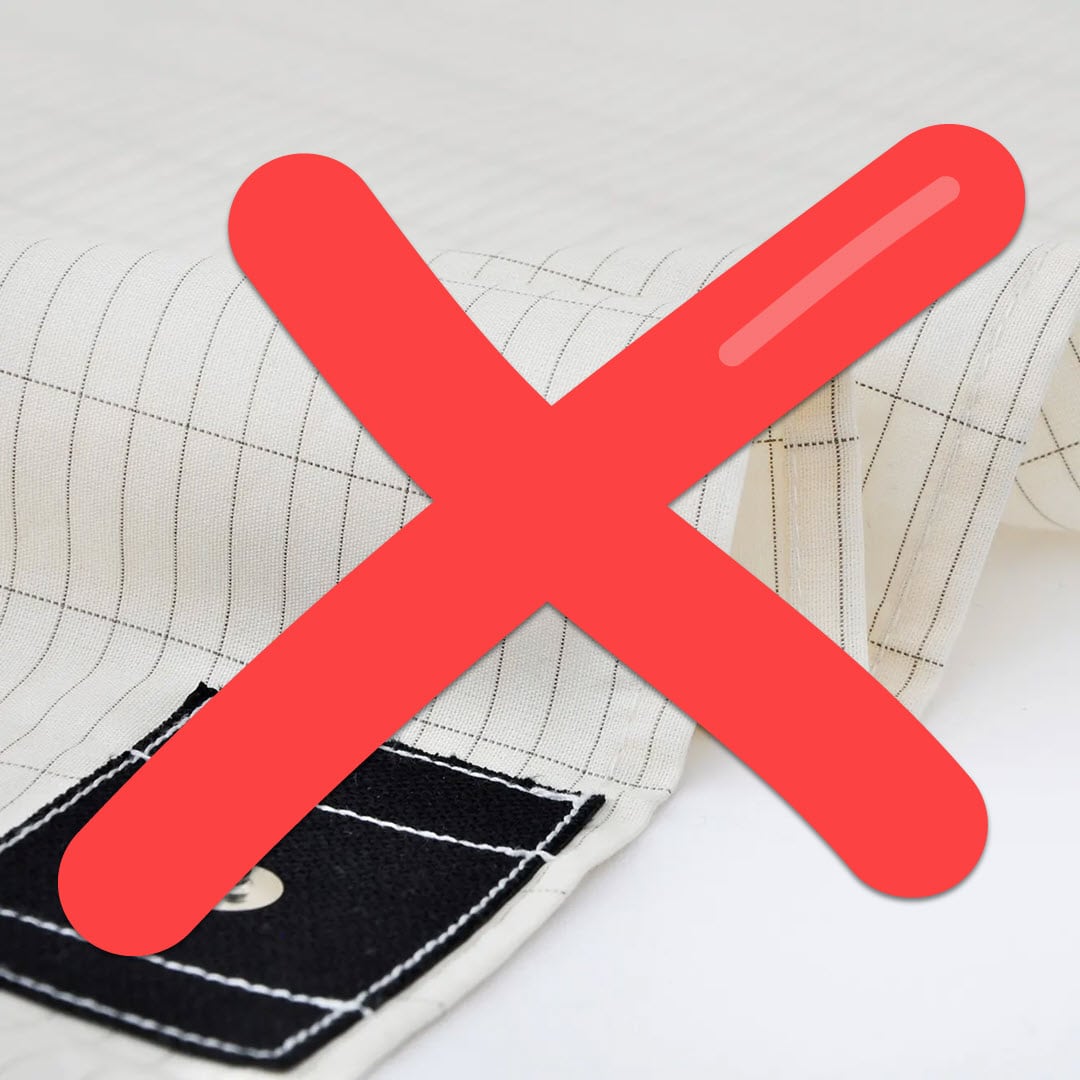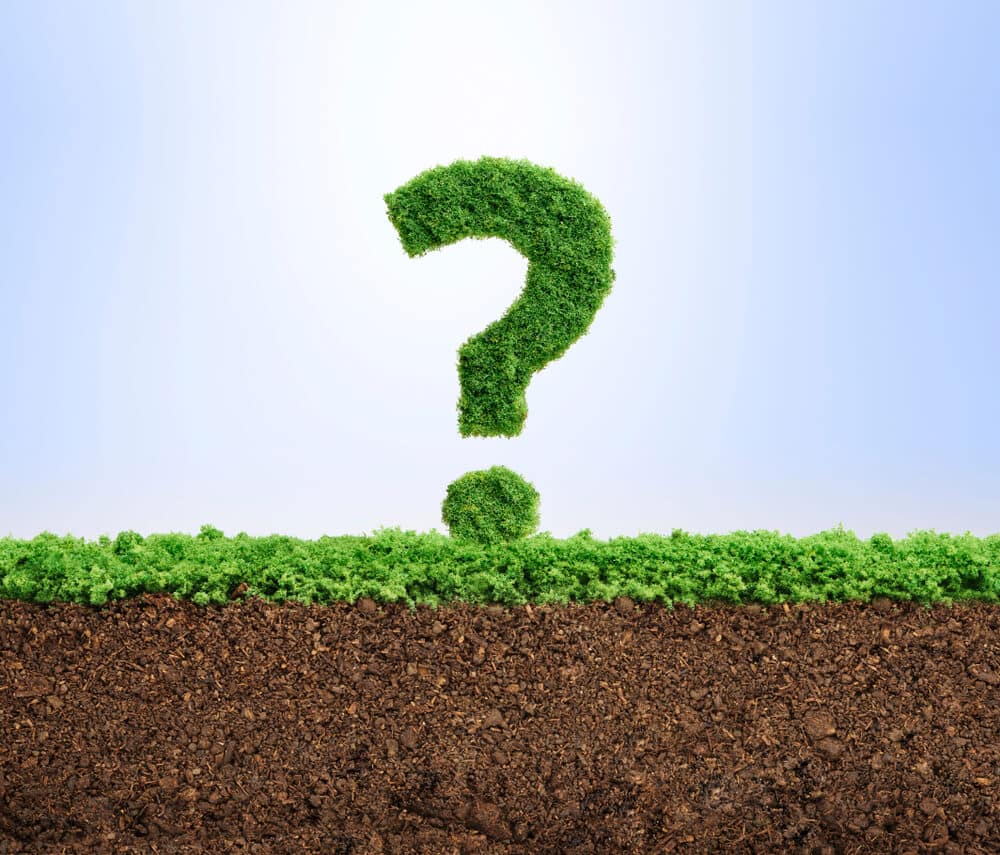
What Is Grounding or Earthing?
Have you ever wondered if there’s a simple, natural way to improve your health, sleep, and energy. All without pills, subscriptions or fancy tech?
Well the answer might be right beneath your feet. Quite literally.
It’s called grounding (or earthing) and the best thing about it is that it’s completely free, backed by science, and beneficial for everyone.
Grounding is the process of connecting your body directly to the Earth’s surface, either by walking barefoot outdoors or using specially designed indoor products for those unable to get outside.
Your body is electrical by nature — your brain, heartbeat, muscles, and cells all rely on electrical signals. When you make physical contact with the ground, the Earth’s natural energy (in the form of free electrons) flows into your body. In turn, helping neutralise harmful free radicals that contribute to inflammation, stress, and pain.
This connection stabilises your body’s natural rhythms, boosts recovery, and restores balance — all without side effects.
The Science Behind Earthing
Research led by Clint Ober, the founder of the Earthing™ movement, has shown that direct contact with the Earth can:
- Reduce or eliminate chronic pain
- Improve sleep quality
- Reduce stress and inflammation
- Boost energy and wellbeing
The Earth’s surface holds a constant supply of free electrons, naturally created through solar radiation and lightning strikes. These electrons are negatively charged which is a good thing.
This is because free radicals which are produced during stress, illness, or injury — are positively charged. They’re constantly searching for electrons to stabilise themselves. In the process, they can damage healthy cells, leading to chronic inflammation, ageing, and disease.
For a more in depth look into the science of grounding, check out the Earthing Movie.
10 things that earthing or grounding can do for you:
- Reduces/eliminates chronic inflammation
- Reduces/eliminates pain
- Enhances immune response
- Improves sleep
- Improves blood flow to nourish the entire body with vital oxygen & nutrition
- Improves energy
- Decreases stress in the body
- Reduces hormonal & menstrual symptoms
- Accelerates healing from trauma, injuries and sporting exercise
- Protects the body against possible health-disturbing electromagnetic fields (EMFs)
How Long Should You Be Grounded For?
One of the most common questions we’re asked is “How long do I need to be grounded for?”
While the flow of electrons may sound instant, when in reality, the rate at which electrons travel through your body is rather slow. Experiments show that it can take 20–30 minutes for electrons to move from the feet to the upper body.
That’s why we recommend grounding for at least 30–40 minutes a day, ideally more. The longer you’re grounded, the more benefit you’ll receive. Want to know the best thing? There is no such thing as overdoing it!
Interestingly, the soles of your feet have over 7,000 nerve endings, each linked to specific parts of the body. This makes barefoot grounding not just calming, but also deeply restorative for your organs, spine, and even brain.
What surfaces can I practise grounding?
If you are barefoot, or have direct skin contact, you WILL be grounded on the following:
- Outside on the grass
- Soil
- Gravel
- Stone
- Sand
- Brick
- Concrete (unpainted or unsealed)
However, there are some surfaces that simply ARE NOT suitable for grounding and do not conduct the earth’s electrons.
You WILL NOT be grounded on the following:
- Asphalt
- Vinyl
- Wood (e.g. decking)
- Painted/sealed concrete
- Tiled floors
- Carpets
Where possible, try to ground outdoors on damp surfaces like dewy grass or wet sand — water increases conductivity and makes grounding even more powerful.
Grounding With Water
Water is one of nature’s best conductors. That’s why connecting with natural water is such an effective form of grounding.
Try:
- Walking barefoot on wet sand
- Standing or swimming in the sea
- Sitting beside a stream with your feet in the water
- Playing or gardening with your hands in damp soil or sand
Even walking on dew-covered grass in the morning is enough to get a healthy dose of what we like to call Vitamin G – Grounding!
What If I Can’t Go Outside?
Modern life doesn’t always allow us to walk barefoot outside. Luckily, you can still benefit from grounding indoors using scientifically tested products, such as:
- Grounding mats
- Pillow covers
- Earthing bands
- Earthing patches
- Mattress covers
- Sleep mats
These products connect to a grounded outlet in your home and mimic the same electrical connection as standing barefoot outside.
You can ground while:
- Sleeping
- Working at your desk
- Watching TV
- Meditating
- Reading
Make Grounding Part of Your Routine
Here’s how to add grounding into your daily life:
Morning: Stand outside with your tea or coffee for 10 minutes barefoot
Workday: Place a grounding mat under your feet at your desk
Evening: Sit on the sofa with a grounding band or mat
Bedtime: Sleep with a grounding pillow or mattress cover



